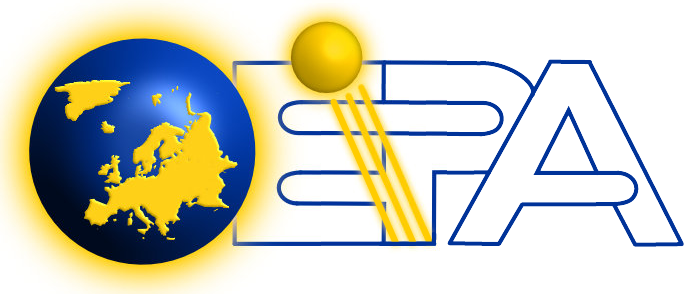The objective of the EUROPEAN PHOTOCHEMISTRY ASSOCIATION (EPA) is to promote the development of photochemistry in Europe and contacts among photochemists.
The European Photochemistry Association – EPA – is concerned with various experimental and theoretical aspects of the interaction of light with molecular systems, ranging from basic knowledge and practical know-how in photochemistry to application in areas such as chemical synthesis, electronics, material science, nanotechnology, biology and medicine.

